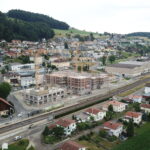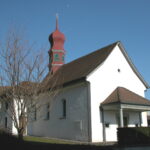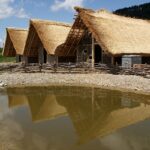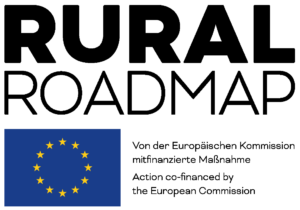
Wauwil, Luzern, Switzerland
The municipality Wauwil is located in the region “Sursee” in central Switzerland, the main village Wauwil-Dorf with its decentralized hamlets is situated on the Southern slope of a forested hillside in the flatlands. Its altitude varies between 498 and 689 meters, traffic connections are great due to its geographic location. On a municipal area of some 296, Wauwil now counts 2268 inhabitants, after a measurable decrease in the mid-90ies and vast growth since 2005. Further increases in population are expected. The municipality boasts landscapes and natural monuments of international importance, including the Prehistoric pile dwellings around the Alps as a UNESCO world heritage site.
636 people find work in 133 enterprises, most of them in the service sector. Agriculture hast lost its importance in the mid 19th century, local history is industrial. Due to the presence of sand and turf as well as the connection to the railway system, Wauwil was an ideal location for glass production. It began with the construction of the first glass factory in 1880 and affected history for a century. The demise of glass manufacturing in Wauwil in 1993 caused an economic crisis, some 500 jobs were lost, people emigrated, businesses shut down and what remained was an unappealing industrial site owned by former entrepreneurs – and shock.
However, the municipality was quick to find their strengths aside from turf, sand and glass, it developed new perspectives and was able to reposition itself. The most important assets for Wauwil are its attractive location within a unique natural landscape, excellent accessibility by rail and road, dedicated participation of its community in all communal aspects, the residents’ openness and a respectful communication.
As one of the first Swiss communities, the municipal administration created a guideline with the involvement of residents in 2000. It documented, location advantages, goals and the required communal development in various fields. At the beginning of each new legislative period, the communal guidelines are updated. The acquisition of the Glasi-areal in 2007 with its subsequent renovations and refunctioning of the industrial area presented an opportunity for development, which were included in the communal development plan. The implementation of these nine coordinated goals is underway, numerous projects have been completed and efforts made to turn the smoking industrial area into a natural gem with high quality of life are paying off.
Wauwil has received several UNICEF certifications for child-friendly municipalities, particularly due to its “Children’s and Youth Parliament” as well as innovative, community-driven school system and the attractive campus, which was designed by students, parents and the Youth Parliament. Players within and outside of the educational field. Childcare and modern multi-purpose halls for sports, leisure and culture find a communal space here, and it also serves as a gallery for art installations and exhibitions. The necessary energy is produced through photovoltaic plants and air heating pumps. This suits the “energy town” Wauwil well. It also boasts a biogas-plant and participated in regional climate-adapion-strategies.
The creation of a district village center began in 2001, including the municipal administration building, apartments, local supply and service establishments. After redesignating the Glasi-areal with its four hectares as an industrial and housing zone, experts and the population were asked to create a general concept, a design plan and a mobility concept. After its completion in 2016, implementation slowly began. In 2018, the development of attractive housing and buildings for retail began. One challenge remains in the face of growing settlement pressure and economic requirements: tackling excessive sealing of the soil surface and urban sprawl.
The archeological trail, village and glass museum Wauwil as well as the “Bänkli-Weg”, a trail with numerous seating facilities that inform about nature, landscape, birds and cultural history via QR-codes, have become sources of identity and touristic value, and serve as lovely recreational spaces for residents and guests alike.
Wauwil recognizes that newcomers bring innovative ideas and promote openness, which is why an integration association was founded. It promotes the collaboration of all generations and societal groups and serves as a link between local, new and foreign-language parts of the population. The region is also aware of agricultural challenges that result from migration, subsequently aiming to defuse potential conflict among economic and touristic use. Particular focusi placed on the expansion of natural living spaces, their connection to agriculture and the strengthening of locl added value.
Evaluated: 2020






